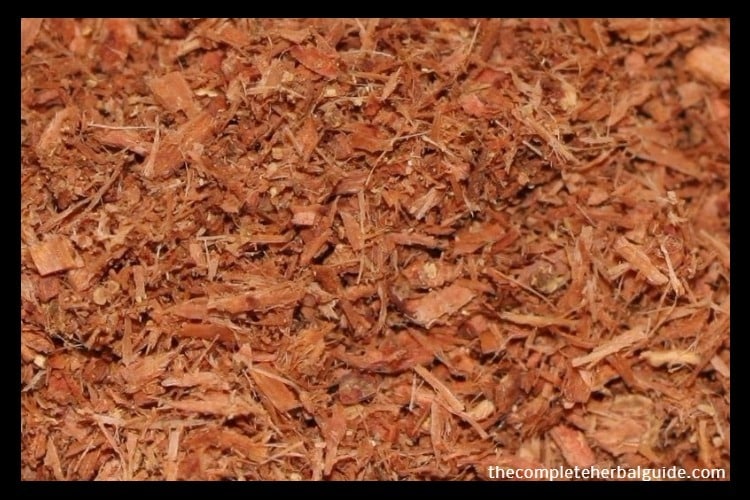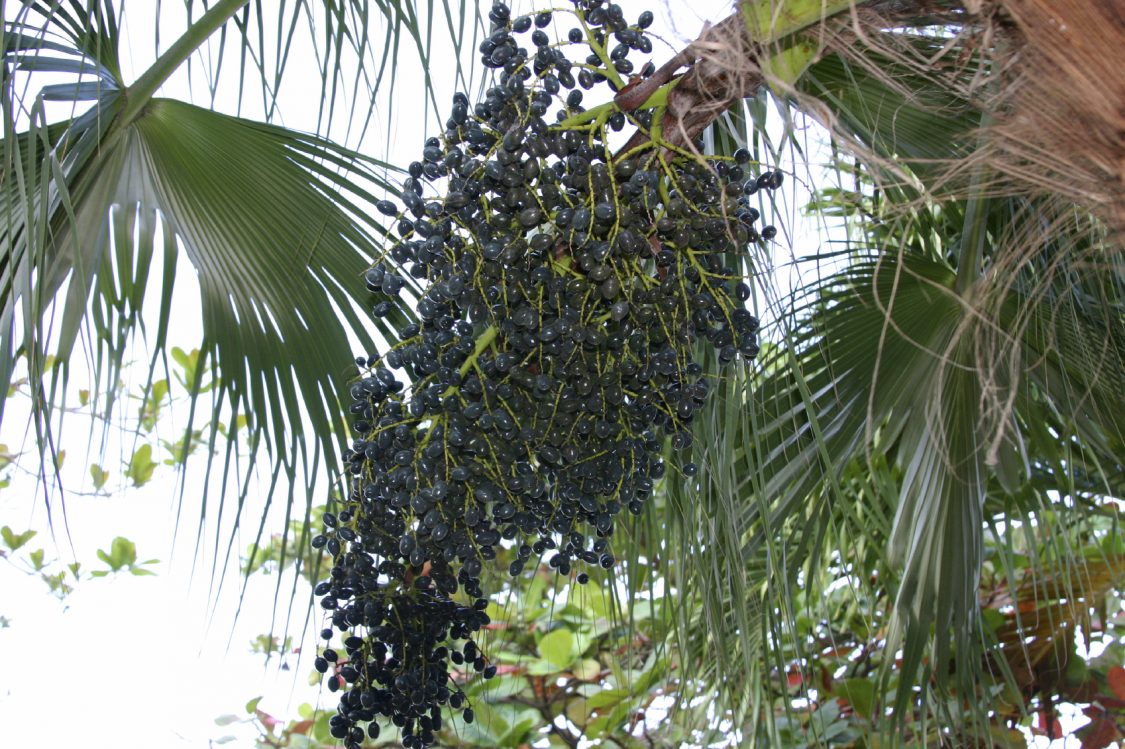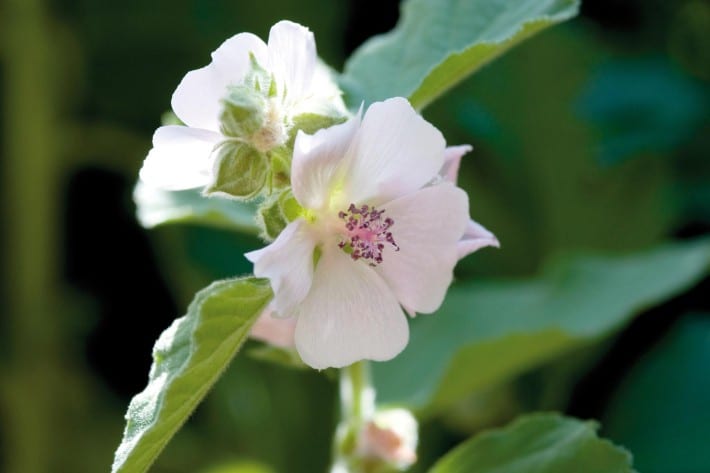
Aloes Cape
Are you suffering from irregularity?
Aloes Cape has been in use for many centuries as a natural laxative for those who suffer from chronic constipation. It is a natural source of iso- and bioflavonoids, amino acids, iron, and calcium and is known to produce antiviral, antibacterial, and antifungal effects.
Plant Description
Found in centuries-old rock paintings, Aloes Cape is normally neither irrigated nor treated with pesticides and contains three times as many polysaccharides as Aloe Vera. This plant is so strong that its survival is sustained through its own immune system.
History
Its botanical specific, ferox, is derived from the translation of a Latin word, meaning “wild or fierce.” Aloes Cape is a robust, palm-like succulent with stems that grow to ten feet, crowned with dense rosettes.
The broad, fleshy leaves are dull green with reddish-brown spines along the perimeter. However, the flowers are a bright red/orange that adds beauty to many gardens when cultivated.
Aloes Cape is native to the Cape Region of South Africa, grows in dry, rocky places and scrubs, and is drought tolerant, thriving in very well-drained soil in sun. Aloes Cape has been famous for its medicinal qualities for over three hundred years. Some of the constituents found in Aloes Cape include amino acids, iso- bioflavonoids, and many important minerals.
Medical Uses
Bitter Aloe is the yellow juice that is found just below the skin of the Aloes Cape leaves, and the juice retains all the naturally present active ingredients, including its main purgative component, anthrone c-glucoside aloin (barbaloin), which is a very strong laxative.
Aloes Cape is a natural digestive-fermenting agent, supporting stomach complaints and detoxifying the intestines. As an aid to digestion, it is used to ease indigestion and improve a poor appetite.
Aloes Cape is thought to enhance the immune system and may raise the tolerance threshold in cases of allergies.
Aloes Cape is said to have wound-healing properties and has been used to treat such diverse problems as eczema, conjunctivitis, hypertension, and stress. In lower doses, it has been used to help in the treatment of arthritis.






